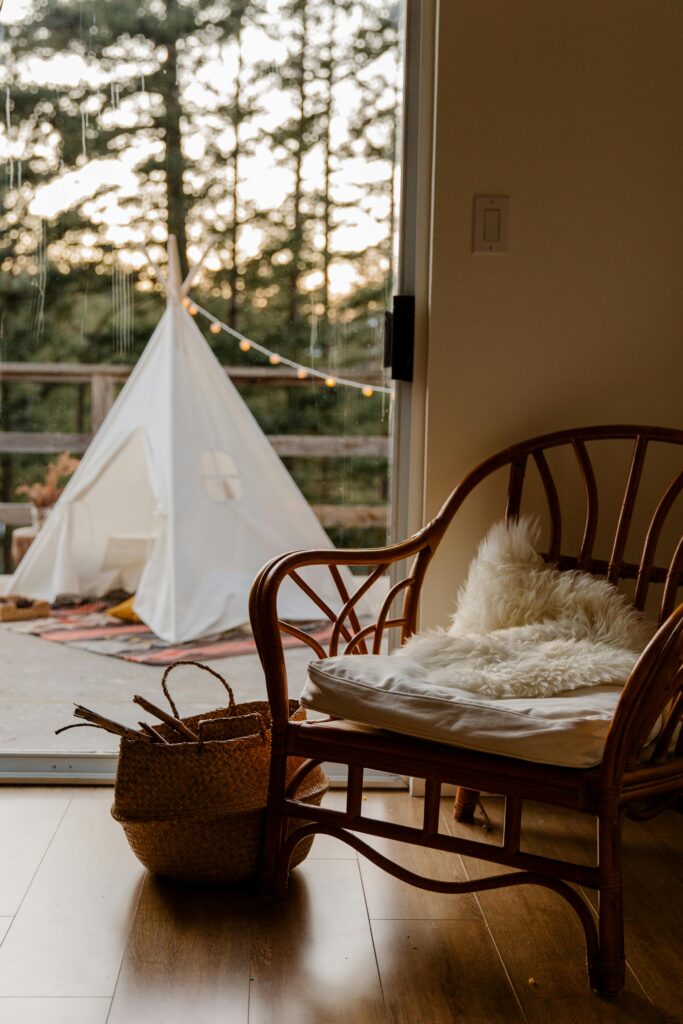The living room is often considered the heart of the home—a place where family gathers, friends socialize, and individuals unwind. Creating a space that is both stylish and functional can seem daunting, but with the right approach, your dream living room can become a reality. Here are essential tips to help you design a living room that reflects your personal style while meeting your daily needs.
Contents
- 1 1. Define Your Style and Functionality Needs
- 2 2. Plan a Functional Layout
- 3 3. Invest in High-Quality, Versatile Furniture
- 4 4. Incorporate a Cohesive Color Scheme and Textures
- 5 5. Personalize with Decor and Artwork
- 6 6. Maximize Lighting for Ambiance and Function
- 7 7. Embrace Smart Storage Solutions
- 8 8. Add Greenery for Vibrancy and Health
- 9 9. Focus on Flooring
- 10 10. Plan for Evolution
1. Define Your Style and Functionality Needs
Identifying Your Style
Start by defining your aesthetic preferences. Are you drawn to modern minimalism, cozy country, elegant classic, or eclectic mixes? Collect inspiration from magazines, Pinterest, or Instagram to pinpoint elements you love.
Assessing Functionality
Consider how you use your living room. Is it a formal space for hosting guests, a casual family hangout, or a multi-functional area that needs to accommodate work and play? Understanding these needs will guide your design decisions, from furniture selection to layout.
2. Plan a Functional Layout
Furniture Placement
The layout should facilitate easy movement and encourage interaction. Opt for a furniture arrangement that supports the room’s primary function, whether it’s conversational seating for gatherings or a comfortable viewing area for movie nights.
Zoning
In multi-functional spaces, create distinct zones for different activities. Use rugs, furniture placement, or lighting to delineate areas without disrupting the flow of the space.
3. Invest in High-Quality, Versatile Furniture
Choosing the Right Pieces
Select furniture that offers a balance of form and function. Pieces that serve multiple purposes, such as ottomans with storage or sleeper sofas, are particularly valuable in small or multi-use spaces.
Prioritizing Comfort and Durability
Invest in well-constructed pieces that will withstand daily use. Comfort is key in a living room, so sit on sofas and chairs before buying to ensure they meet your standards.
4. Incorporate a Cohesive Color Scheme and Textures
Selecting a Color Palette
Choose a color scheme that reflects your style and enhances the room’s ambiance. Whether you prefer bold, vibrant hues or soft, calming tones, consistency in color will unify the space.
Mixing Textures
Layering different textures adds depth and interest. Combine materials such as wood, metal, glass, and textiles to create a rich, inviting environment.
5. Personalize with Decor and Artwork
Expressing Individuality
Your living room should reflect your personality. Display art pieces, family photos, and treasured mementos to add character and warmth.
Curating Decor
Select decorative items that complement your color scheme and style. However, be mindful of clutter—less is often more in creating a stylish, functional space.
6. Maximize Lighting for Ambiance and Function
Layering Lighting
Incorporate a mix of ambient, task, and accent lighting to cater to different moods and activities. Dimmer switches can offer versatility, adjusting the room’s ambiance as needed.
Natural Light
Take advantage of natural light by keeping windows unobstructed. Use sheer curtains to diffuse light and provide privacy without sacrificing brightness.
7. Embrace Smart Storage Solutions
Reducing Clutter
Clutter can quickly detract from the beauty and functionality of your living room. Opt for furniture with built-in storage or invest in stylish shelving units and cabinets.
Organizational Decor
Use decorative baskets, boxes, and trays to keep small items organized and out of sight. This approach keeps necessities within reach while maintaining a neat appearance.
8. Add Greenery for Vibrancy and Health
The Power of Plants
Indoor plants can breathe life into your living room, adding color and improving air quality. Choose low-maintenance varieties if you lack a green thumb, ensuring your space stays vibrant with minimal effort.
9. Focus on Flooring
Foundation of Design
Your floor is the foundation of your living room design. Whether you prefer the warmth of hardwood, the comfort of carpet, or the contemporary look of tile, ensure your flooring complements your overall design.
Rugs for Warmth and Definition
Area rugs can define seating areas, add warmth underfoot, and introduce patterns or colors. Choose a size and design that enhances your layout and decor.
10. Plan for Evolution
Flexible Design
Your living room should be able to evolve as your life changes. Choose versatile pieces and layouts that can be easily updated with new accessories, rearrangements, or additions.
Reflecting Current Trends
While it’s essential to design a timeless space, incorporating a few current trends can keep your living room feeling fresh and modern. Select trendy elements that can be easily swapped out, such as throw pillows, wall art, or decorative objects.
Designing your dream living room is a journey that combines personal taste with practical considerations. By defining your style and needs, planning a functional layout, investing in quality furniture, and personalizing the space with color, textures, and decor, you can create a living room that is both stylish and functional. Remember, the most successful living room design is one that reflects your personality and adapts to your lifestyle, making your home a true reflection of you.

